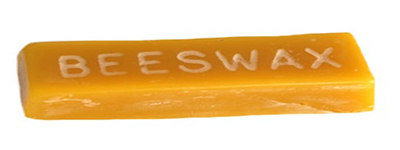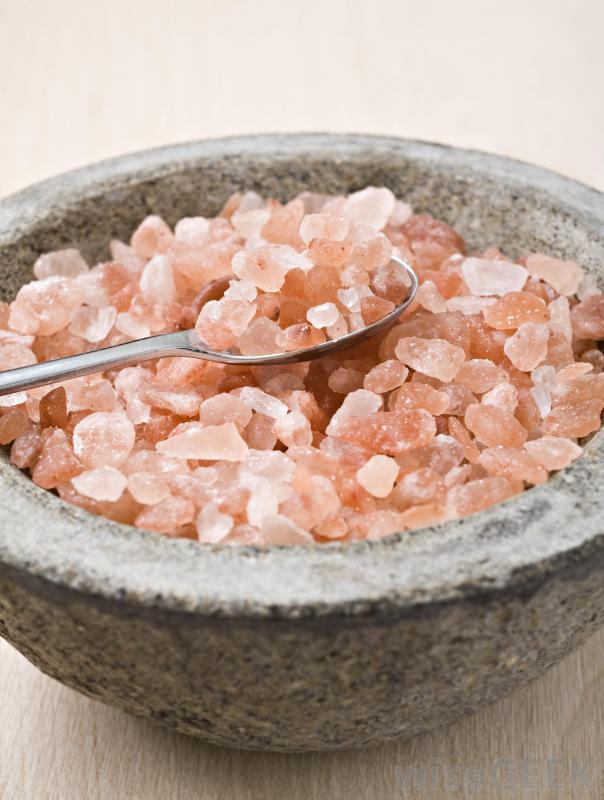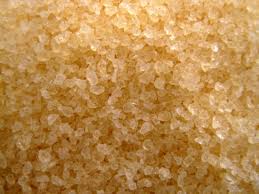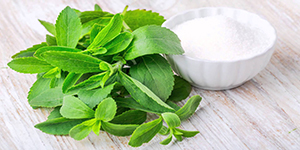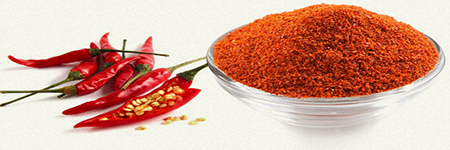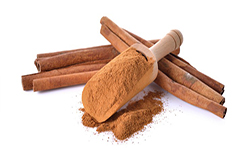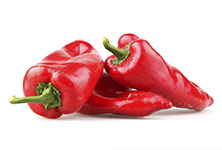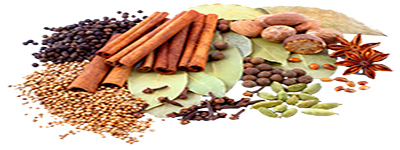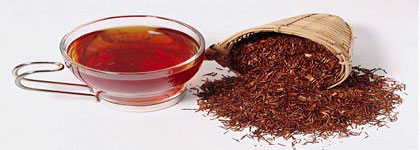Ways to use herbs
How to Make Herbal Infusions
Infusions are made from the more delicate parts of the plant, including the leaves, flowers and aromatic parts. These fragile plant parts must be steeped rather than simmered because they give up their medicinal properties more easily than do the tougher roots and barks.
To make an infusion, simply boil 1 cup of water to 1 tablespoon of herb. Pour water over the herb(s) and let steep for 30 to 60 minutes. The proportion of water to herb and the required time to infuse varies greatly, depending on the herb. Start out with the above proportions and then experiment. The more herb you use and the longer you let it steep, the stronger the brew. Let your taste buds and your senses guide you.
How to Make Herbal Tinctures

Tinctures are concentrated liquid extracts of herbs. They are very potent and are taken by the dropperful, most often diluted in warm water or juice. Because they are so concentrated, they should be administered carefully and sparingly. (For chronic problems, use 1/2 to 1 teaspoon of a tincture three times daily. For acute problems, use 1/4 to 1/2 teaspoon every 30 to 60 minutes until symptoms subside.)
Most tinctures are made with alcohol as the primary solvent or extractant. Though the amount of alcohol is very small, many people choose not to use alcohol-based tinctures for a variety of sound reasons. Effective tinctures can be made with vegetable glycerin or apple cider vinegar as the solvent.
1. Chop your herbs finely. I recommend using fresh herbs whenever possible. High-quality dried herbs will work well also, but one of the advantages of tincturing is the ability to preserve the fresh attributes of the plant. Place the herbs in a clean, dry jar.
2. Pour in enough of the menstruum to cover the herbs, and continue pouring until the liquid rises 2 or 3 inches above the herbs. The herbs need to be completely submersed. Cover with a tight-fitting lid.
Note: If you’re using vegetable glycerin, dilute it with an equal amount of water before pouring it over the herbs. If you’re using vinegar, warm it first.
3. Place the jar in a warm location and let the herbs and liquid soak (macerate) for 4 to 6 weeks — the longer, the better.
4. Shake the bottle daily during the maceration period. This not only prevents the herbs from packing down on the bottom of the jar, but also is an invitation for some of the old magic to come back into medicine making. During the shaking process, you can sing to your tincture jars, stir them in the moonlight or the sunlight, wave feathers over them — whatever your imagination and intuition inspires.
How to Make Simple Herbal Skin Creams

Skin creams that have been infused with herbs can add an extra level of luxury to your skincare routine. And what’s more, using herbs in your skin cream can provide additional benefits for your skin. For instance, it can refresh your skin and make you look more awake. Preparing simple skin creams is not difficult and doesn’t take long, and the resulting product can last up to a full year. Imagine using your favorite herb in your favorite skin cream every day! Learn how to prepare a simple cream by following Herb Affair’s recipe for making herbal skin cream.
Herbs to consider: Hibiscus Flower, Rooibos Red Tea, Calendula Flowers, Lavender, Oat Straw, Chamomile Flowers, Green Tea, or Slippery Elm Bark.
Ingredients to Prepare Herbal Creams
- 2 TBS skin cream
- 1 TBS herbs – dried
- Mesh strainer – fine
Recipe for Cream Preparation
First, melt the cream in a double boiler — a bowl placed over a pot that is with boiling water. Next, add the dried herbs. Stir the mixture until the cream takes on the herbs’ color. Take the mixture off of the heat, then strain the cream using the mesh strainer. Place the strained cream in a glass bowl to cool, then transfer the cream to dark bottles. Store the bottles in a dark, cool place, where the cream will be preserved to use for up to a year.



